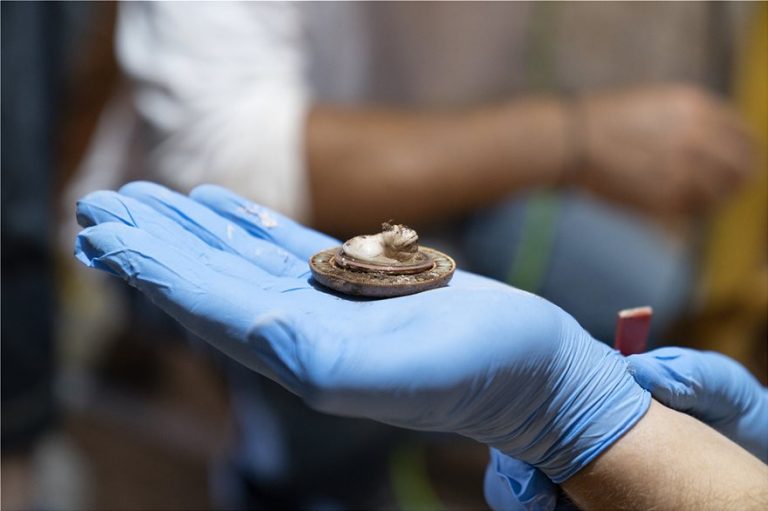Can you name a female scientist from history? Chances are you are shouting out Marie Curie. The twice Nobel Prize-winning Curie and mathematician Ada Lovelace are two of the few women within western science to receive lasting popular recognition.

One reason women tend to be absent from narratives of science is because it’s not as easy to find female scientists on the public record. Even today, the numbers of women entering science remain below those of men, especially in certain disciplines. A-level figures show only 12 per cent of candidates in computing and 22 per cent in physics in 2018 were women.
Another reason is that women do not fit the common image of a scientist. The idea of the lone male genius researcher is remarkably persistent. But looking to history can both challenge this portrayal and offer some explanation as to why science still has such a masculine bias.
Yet, scientific women worked through the cracks. Between 1880 and 1914, some 60 women contributed papers to Royal Society publications. And some women continued to work as scientists without pay or titles.
read more here @ The Independent
see also:
@ The Smithsonian - Women Who Shaped Science
@ Ranker - Famous Female Scientists
@ Wikipedia - Women In Science






























:focal(1000x1447:1001x1448)/https://public-media.smithsonianmag.com/filer/13/4a/134a1121-e8ba-4744-8713-3712d52663cd/thomas-nast_get-behind-me-mrs-satan_1872_published-in-harpers-weekly_mcny.jpg)


